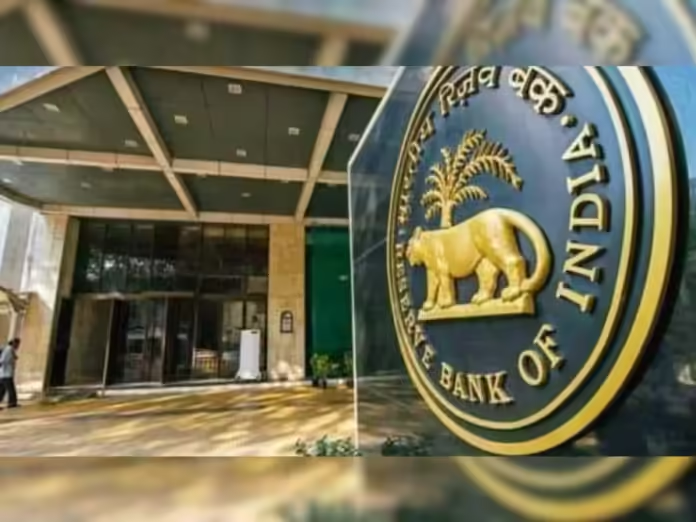RBI Report: Banks’ Gross NPA Ratio Drops Below 3% for the First Time Since 2012
The asset quality of commercial banks has continued to improve, with the gross non-performing asset (GNPA) ratio dropping to a 12-year low of 2.8% at the end of March 2024, down from 3.2% in September of the previous year. The net NPA ratio also decreased to 0.6% from 0.9% during the same period, according to the biannual Financial Stability Report from the RBI released on Thursday.
The report suggests that, under a baseline stress test scenario, the GNPA ratio of all scheduled commercial banks could further improve to 2.5% by March 2025. The macro stress tests for credit risk indicate that all banks are expected to meet the regulatory minimum capital requirements even under severe stress conditions.
“The Indian banking sector recorded sustained improvement in capital positions, asset quality, and profitability amid a strong business expansion,” the report noted. It highlighted that public sector banks (PSBs) saw a substantial reduction in their GNPA ratio by 76 basis points during the second half of FY24.
The report also stated that the decrease in GNPA was observed across all bank groups, with active and deep provisioning by PSBs and foreign banks resulting in an improved provision coverage ratio of 76.4% in March 2024.
RBI Report
While the overall asset quality improvement was broad-based, the agriculture sector continued to have the highest impairment ratio, despite showing improvement in the second half of 2023-24. Stress test results indicated that in a severe stress scenario, the GNPA ratio might rise to 3.4%. Specifically, the GNPA ratios could increase from 3.7% to 4.1% for PSBs, from 1.8% to 2.8% for private banks, and from 1.2% to 1.3% for foreign banks by March 2025.
The report highlighted that the capital to risk-weighted assets ratio (CRAR) and the common equity Tier-I (CET1) ratio of scheduled commercial banks stood at 16.8% and 13.9%, respectively, at the end of March 2024. The capital adequacy ratios of private banks were affected by an increase in risk weighting on unsecured loans and loans to non-banking financial companies (NBFCs), while state-run banks saw an increase.
“As growth in risk-weighted assets (RWA) outpaced the growth in total capital for private banks and foreign banks, the system-level CRAR declined by 37 basis points during 2023-24,” the report said.
RBI Report
Stress test results show that scheduled commercial banks are well-capitalized and capable of absorbing macroeconomic shocks without requiring further capital infusion from stakeholders. Under the baseline scenario, the aggregate CRAR of 46 major banks is projected to slip from 16.7% in March 2024 to 16.1% by March 2025, potentially decreasing to 14.4% under medium stress and 13.0% under severe stress by March 2025, still above the minimum capital requirement.
The report also noted an increase in interconnectedness among financial sector entities in terms of bilateral exposures, driven mainly by the growing exposure of asset management companies and mutual funds (AMC-MFs) with scheduled commercial banks and all-India financial institutions.





